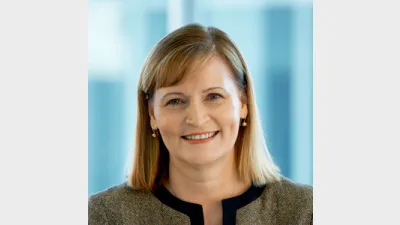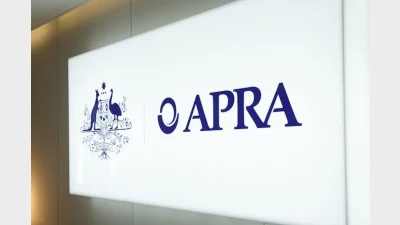Account balance-based lifecycle option from QSuper



Queensland super fund QSuper has launched a life-stage structure option based on members’ account balances rather than just their age.
It revealed the full workings of QSuper Lifetime this week, a “two-dimensional segmentation” of default members.
QSuper CEO Rosemary Vilgan said while funds were already looking at segmentation by age, trustees needed to brainstorm on how to provide more customisation for members.
“There has been little change to the 'one-size-fits-all’ approach to default options in this country in the last 20 years, despite significant policy changes like the increase in contribution rate from 3 percent to 9.25 percent and beyond, and the devastating effect of major market disruptions like the GFC on the retirement savings of hundreds of thousands of Australians,” Vilgan said.
“With around 80 percent of Australians’ super contributions going into a default fund, the industry has an obligation to adapt these learnings and innovate.”
From the end of May 2014, QSuper’s 440,000 default members, or $22.4 billion worth of funds, will be divided into eight groups according to age and account balance.
The investment strategies will be based on an estimated retirement outcome for that group, taking into consideration the median projected retirement income (including age pension entitlements), salary and contribution rates, and retirement date.
This will be combined with analysis of current and future market conditions reviewed at least twice a year.
“You would not apply the same investment strategy to a 25-year-old member as you would a 55-year-old member. Similarly, a 55-year-old member with a balance of $70,000 would require a different investment strategy to a 55-year-old with a balance of $400,000, predominantly due to the impact of the age pension in retirement.
“We take account how much risk we see in the investment markets and where interest rates are positioned,” Vilgan said.
The design of the strategy was based on member data and 16,000 personal member interviews.
QSuper’s funds under management is approximately $50 billion.
Recommended for you
The winners have been announced for the 2025 Super Fund of the Year Awards, held in Melbourne on 26 November.
Australian Ethical Superannuation has seen additional licence conditions imposed on it by APRA over the fund’s expenditure management.
The fund has strengthened its leadership team with three appointments to drive its next phase of growth and innovation.
ASIC and APRA have warned many trustees have failed to meaningfully improve retirement strategies despite the retirement income covenant being in place for three years.









